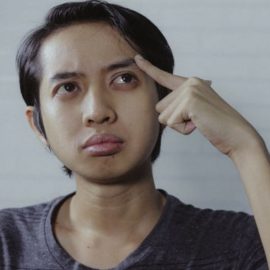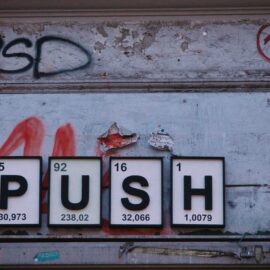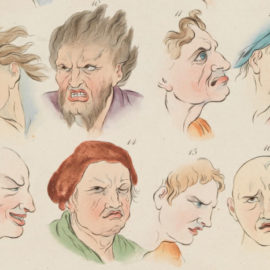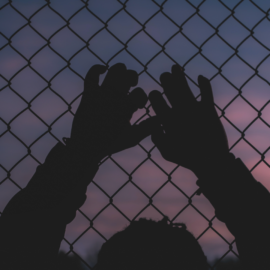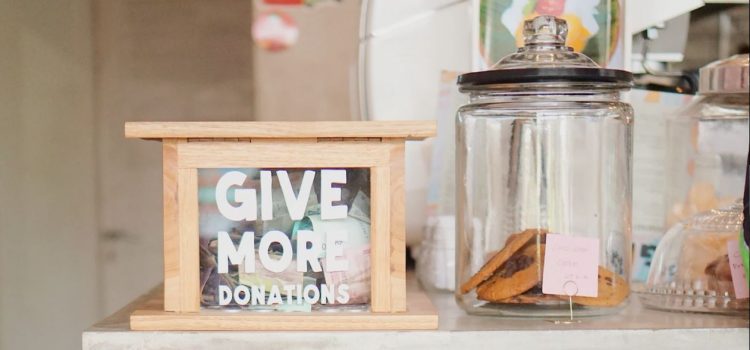
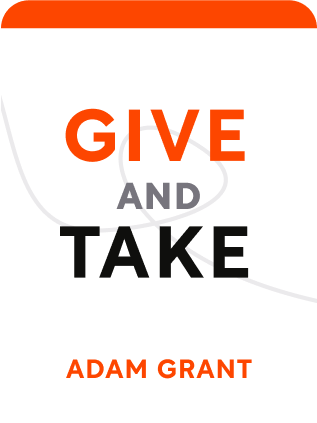
This article is an excerpt from the Shortform book guide to "Give and Take" by Adam Grant. Shortform has the world's best summaries and analyses of books you should be reading.
Like this article? Sign up for a free trial here .
Why do people give to others? Are humans inherently altruistic? Or do we help others for personal gain?
In his book Give and Take, Adam Grant discusses the age-old question: are humans inherently selfish? He presents studies that were done on the subject and looks at popular apps like Freecycle to see if he can gain some insight into the truth.
Keep reading to learn why people give, according to Adam Grant.
Why Do People Give?
There are two schools of thought as to why people give. C. Daniel Batson argues we give out of pure altruism, not because it makes us feel good but because we care for the other person. In contrast, Robert Cialdini argues there’s no such thing as pure altruism – we give because we feel pain, and helping relieves our own pain. In Cialdini’s view, giving is actually selfish.
Batson argued that if Cialdini were completely right, then all people would just relieve empathetic pain by leaving the situation. In one experiment where people watched a woman getting shocked, 75% of people left. But a percentage of people stayed and offered to help take the shocks in her place, so some people help for reasons other than solving their own pain.
In return, Cialdini then argued, with experiments, that when we see someone suffering, we essentially become one with the victim – we see ourselves in the victim, and that’s why we help. The more we see ourselves in them, the more we help.
In return, Batson argued – this is altruism.
There is no definitive answer given in the book, but just as in otherish giving, the answer need not be purely one or the other. We can give both out of self-interest and out of other-interest.
Common Ground and Identity
Per Cialdini’s stance, when you identify more strongly with someone else, you tend to help more. Not only do we see ourselves in them (and thus we’re helping ourselves), if you belong to the same group, then helping them helps yourself.
In an interesting study, soccer fans of Manchester United were asked to answer questions about why Manchester was their favorite team. They then walked between buildings, where they saw a person wearing 1 of 3 shirts slip and grab his ankle in pain. Depending on what the person was wearing, the Manchester fan had different propensities to help:
| Manchester Shirt | Liverpool Shirt | Plain Shirt | |
| Manchester Primed | 92% | 30% | 33% |
The Manchester fan clearly helped a member of his own group. Liverpool is Manchester’s rival, and the research subject essentially treated the person the same as though he were wearing a plain shirt.
But in another experiment, the Manchester fan were instead prompted to ask about why they were football fans and what it meant to them. In this case, the Manchester fan saw the Liverpool fan as being in the same group, raising the helping percentage dramatically.
| Manchester Shirt | Liverpool Shirt | Plain Shirt | |
| Manchester Primed | 92% | 30% | 33% |
| Football Primed | 80% | 70% | 22% |
This helps explain the idea of homophily, where people of similar types (ethnicity, gender, sexual orientation) tend to band together. We tend to like other people who are like us, and we like people who like the same things we do.
If we look at broader commonalities between us (like “we’re all humans on this giant rock called Earth hurtling through space”), it becomes easier to give.
This effect explains the odd behavior of preferring things similar to our names. People named Jack were 4x more likely than Phillip to live in Jacksonville, even though the names are equally common. And it’s not just that parents name their kids after where they live – people named Georgia move to Georgia 2x as much. People named Dennis were 2x as likely to become a dentist compared to Jerry or Walter.
Oddly, people with positive initials (like ACE or JOY) tend to live years longer than those with negative initials (like BUM). This could be because people are more comfortable with negative outcomes that remind them of themselves.
Optimal Distinctiveness
This group identification effect works better when the group is unique and rarer – to have uncommon commonalities. This achieves the right balance of belonging vs uniqueness. Groups with optimal distinctiveness create the greatest feelings of pride and cohesion.
In an experiment, a subject showed up with a confederate college student. A researcher took both people’s fingerprints. The confederate then asked for help on an English essay.
- In the control group, 48% of people helped.
- When told that the subject and the confederate shared Type E fingerprints, and that Type E was common (80% of people had them), 55% of subjects helped.
- But when Type E was rare (2% of population had them), 82% of people helped.
Group Norms of Giving
New members of a group look to others for cues on acceptable behavior. Sometimes people end up taking because they don’t have information on what others are doing – thus they may picture the worst and infer that others are taking more than they are.
Because schools and businesses are often seen as zero-sum environments, people may be givers but assume others are not. A study of Harvard freshmen reported compassion as a top value, but near the bottom of the Harvard community’s values. In these environments, giving behavior is quelled, thus behaving in ways that discourage others from giving.
But exposure to others’ behavior can be a normalizing force. Households who are told their energy usage was higher than their neighbors’ reduce their expenditure significantly – they had no prior conception that their usage was out of line of the community.
To create a public giving culture, several organizations practice the reciprocity ring. Here’s how it works: a group of people gathers and each person makes a request to the group, ranging from career tips to travel ideas. The rest of the group offers how they can help.
- This has a few nice properties. While people ordinarily don’t want to admit they need help, in this group every person is required to make a request, so there’s little to be embarrassed about.
- Because the behavior is public, even takers contribute since they know others are watching, and they won’t get help with their requests.
Setting very low bars for giving helps lubricate the act of giving.
- People donate more money to charity when phrased as “even a penny will help.”
- Adam Rifkin practices the 5-minute rule – if you can help someone in five minutes, you have no reason not to help.
- In a study, people were told to either list attributes of a superhero or attributes of Superman, then asked to donate volunteering time. The superhero group volunteered at double the rates of the Superman group. How does this work? People tend to write relatable characteristics of general superheroes, whereas Superman presents an unrealistic portrayal of superhuman performance.
To change someone’s attitude, it’s sometimes hard to change it directly. An easier route is to force a behavior change, and then allow cognitive dissonance and inconsistency avoidance to change their attitude. If in public takers are prompted to give a few times, they may start to think of themselves as givers.
Freecycle: A Giving Community
Consider two online networks – Craigslist and Freecycle.
Craigslist operates on a matching, transactional basis – you give me something and I pay you for it. Freecycle is a giving community, where you give something to a stranger, and you may receive things from other strangers.
One may think that Freecycle is a ripe target for takers who will simply take items without giving back, causing the eventual crumble of the network. Indeed, makers and takers join Freecycle initially to receive free items. But even takers undergo a paradigm shift, where they start to adopt the values of the Freecycle community.
One reason this shift happens is that contributing to Freecycle is otherish – the self-interest part comes from the difficulty in getting rid of free stuff you own.
Another reason is that the distributed network of giving in Freecycle promotes feelings of belonging to the community. Because the exchange is not a transaction, the recipient sees the giver as acting out of altruism and not out of self-interest. Furthermore, because the recipient doesn’t give to the same people she receives from, the recipient starts feeling like she belongs to a community, rather than engaging in strict individual transactions between A and B. Both effects start to produce feelings of belonging to the community
Finally, all the giving behavior is publicly viewable through the website. It’s clear that others are giving, and people don’t want to violate community standards – thus even takers match reciprocity, as a minimum.

———End of Preview———
Like what you just read? Read the rest of the world's best book summary and analysis of Adam Grant's "Give and Take" at Shortform .
Here's what you'll find in our full Give and Take summary :
- The three reciprocity styles—givers, takers, and matchers
- Why givers are the most successful in life
- How to set up a giving culture

